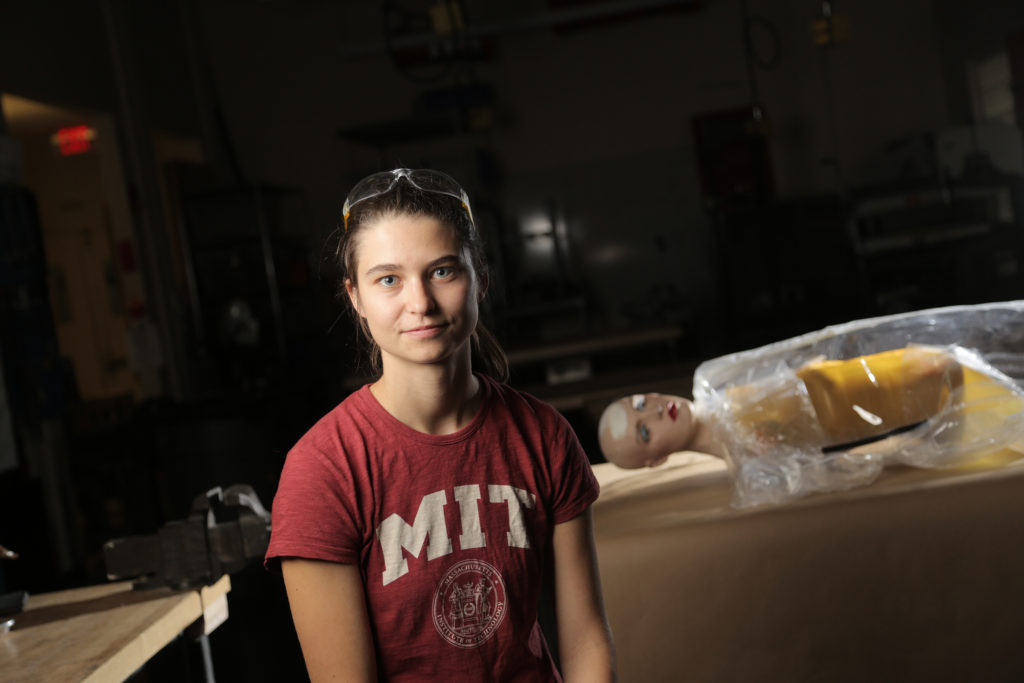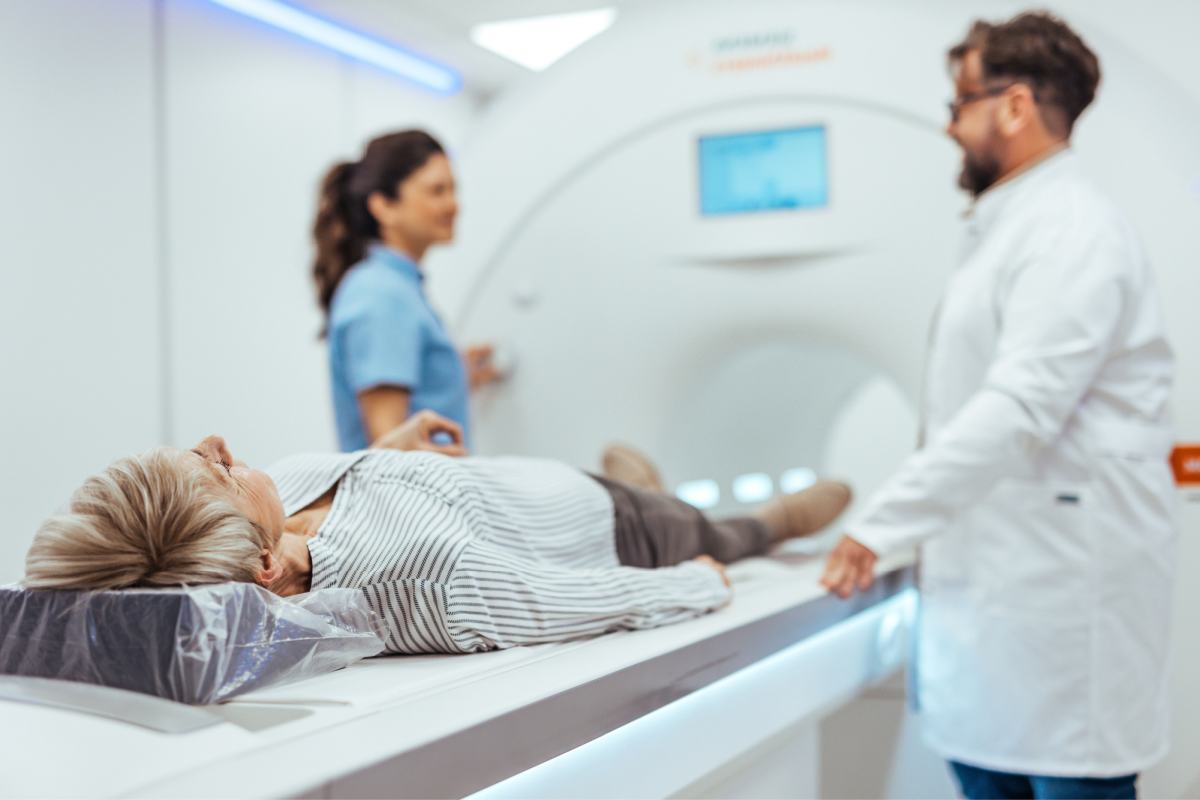In order to safely operate on a patient, surgeons need sterile tools and a clean environment to minimize the risk of post-procedure infections and other complications. However, according to a 2015 study, five billion people around the world don’t have access to these types of surgical facilities.
Now, a team of researchers at MIT have developed SurgiBox, a product designed to shrink the sterile area required for surgery down to the size of the patient. Since field hospitals and those in developing nations often lack the resources to maintain an entire operating room free of contaminants like dust, bacteria and insects, the SurgiBox could be a sustainable way to set up a safe surgical environment on-demand.
“The idea of SurgiBox is to take the operating room and shrink it down to just the patient’s size,” said Sally Miller, a graduate student in the Department of Mechanical Engineering at MIT. “Keeping an entire room clean and surgery-ready requires a lot of resources that many hospitals and surgeons across the globe don’t have.”
The concept of the SurgiBox was originally developed by Daniel Frey, professor of mechanical engineering and faculty research director of MIT’s D-Lab, and Debbie Teodorescu, founder and CEO of the SurgiBox company. The company was a recent recipient of a $70,000 grant from the Harvard President’s Challenge, and were interested in getting an engineering graduate student on board to further develop the product.
“The first thing I did was assess the design they already had, but use my mechanical engineering lens to make the product more affordable, more usable, and easier to manufacture,” said Miller.
In Miller’s redesign of the SurgiBox, she has incorporated some aspects of traditional surgical environments while making the product more portable and cost effective. She incorporated the use of adhesive, antimicrobial drapes at the site of incision, which are common to procedures like pacemaker surgery.
She also removed the rectangular frame from the original SurgiBox to keep costs down and make it less bulky. Now, the tent-like enclosure inflates thanks to pressure generated by a HEPA filter, which also serves to remove over 99.99 percent of contaminants from the air surrounding the surgical environment.
“Now the patient doesn’t have to be in the SurgiBox. Rather, the SurgiBox is on them,” Frey explains. “I thought that was a big breakthrough for us.”
The SurgiBox team is now charged with testing the device in local hospitals to see how well surgeons are able to perform their procedures in that environment. Once that’s done and particle testing results continue to look good, Miller and her colleagues hope to get SurgiBox out into the field where doctors in developing nations are in desperate need of such technology.












Join or login to leave a comment
JOIN LOGIN